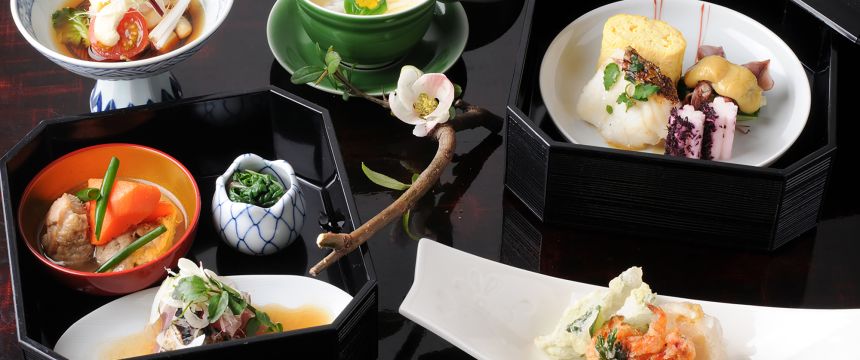Eiheiji, Fukui Prefecture – Hokuriku Shinetsu

Japan has a long history of vegetarian cuisine, dating back to the sixth century when Buddhism was introduced to the country. Known as shojin ryori, this vegetarian diet was closely associated with the tenets of Buddhism and the desire to live a peaceful life in harmony with nature.
Rather than focusing on what cannot be eaten, shojin ryori emphasizes what can be eaten, finding a way to use every part of a plant or vegetable. It is in essence an ancient answer to the modern question of sustainability.
There are numerous interpretations of shojin ryori, but at its core it seeks to eliminate the hierarchies between flavors and ingredients, encouraging in the process an appreciation of all food that you are lucky enough to receive. It does not matter how simple or luxurious an ingredient is perceived to be, in shojin ryori, when prepared with conscientious sincerity every morsel is to be treasured. Through shojin ryori you quickly learn that rich or bold flavors have no inherent value, and that to disciplined tastebuds every meal has equal value to both body and spirit.
Enlightenment in the Misty Mountains of Fukui

Where else to discover more about shojin ryori than in the context of an active Zen monastery? You might think that all temples in Japan are functional, especially since services and prayers are held in the majority of them. But that doesn’t mean that monks are living there and going about their daily lives in the way of Zen. Whereas many temples visited by tourists can seem like art museums, in a functioning monastery the entire space is alive with activity—the monks being an integral part of the temple like trees in a forest.

One of the very few functioning monasteries that you can visit as a layperson is Eiheiji, located deep in Fukui Prefecture and surrounded by Zen no Sato (Zen Village).

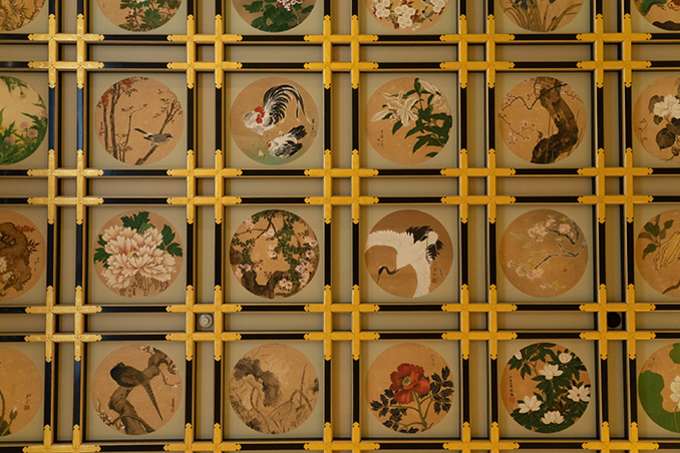
Originally founded in the thirteenth century by Zen Master Dogen, founder of the Soto school of Zen Buddhism, the expansive temple complex can be explored almost in its entirety. Doing so, you will quickly discover that it is built around the daily life of the monastery, with buildings for eating, bathing, sleeping, and of course meditation and prayer. This style of construction reflects one of Dogen’s principle teachings—the practice of a Buddhist lifestyle is as important as learning the teachings of the sutras.

Wherever you look within Eiheiji, you will see monks walking a path, preparing food, cleaning, or spending their time in contemplation. It is remarkable that you are able to witness this way of life, largely unchanged for the last eight hundred years.


Eiheiji is welcoming to international visitors, offering programs in English and single-night stays for those with limited experience of monastic practices, as well as longer stays for those more experienced in formal Zen practices. It is worth remembering that Eiheiji is not a tourist spot but is, first and foremost, a place to observe Buddhist teachings.
Zen in Comfort

For most visitors, especially those without a strong grounding in Zen, the Hakujukan inn, built on sacred ground directly connected to Eiheiji, offers a more accessible experience without sacrificing authenticity.

If you have never sat zazen, or Zen meditation, then Hakujukan is the place to learn without any worry about doing it incorrectly.
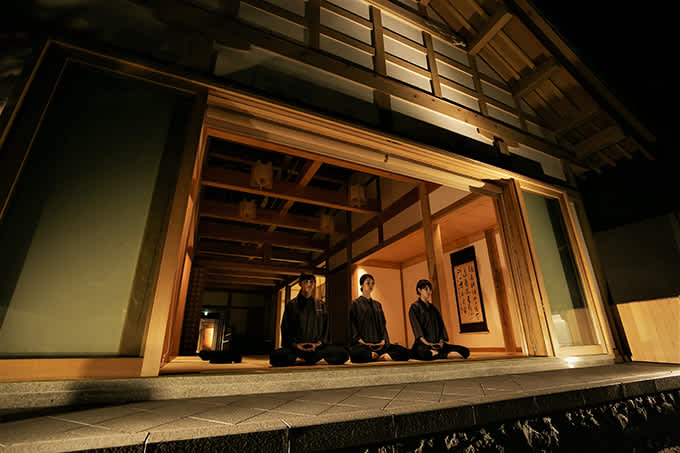
Once guests have mastered the basics, the inn’s Zen concierge will take guests, who wish to go, to Eiheiji, where they can join the predinner Zen experiences. Guests can also take part in the prebreakfast morning chants held at dawn. All of this is part of the inn’s service.

The inn offers attractive rooms overlooking the river that runs through Zen no Sato. The well-equipped and comfortable rooms are a world apart from the communal dormitories at Eiheiji, while still reflecting the same aesthetic and guiding principles of the temple.
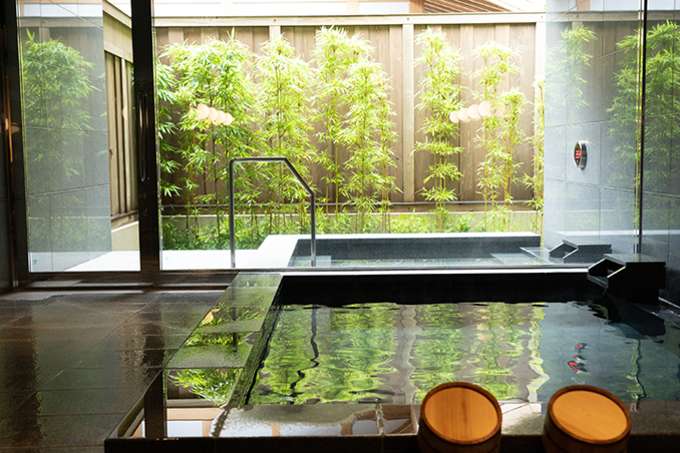
Signature Shojin Ryori

Now that you are in the Zen frame of mind, it is time to dine. The menu at Hakujukan’s Restaurant Suisen was created in collaboration with Eiheiji, and its chefs received direction and guidance from the temple’s own head chef.

The menu is a tour de force of contemporary shojin ryori, with a large proportion of the ingredients sourced not just from within Fukui Prefecture but from the immediate area. The dishes on the menu are made using every part of the available plants and vegetables, meaning almost nothing is wasted in preparing them. When left with the hard rusk of a root after preparing a dish, the chef apparently agonized over how to make it edible, eventually soaking it for hours in a broth until it could take its place as a delicious and beautiful part of the meal.

As you might expect, tofu features prominently in shojin ryori, and it appears in a number of surprising forms—sometimes served in place of fish as sashimi and sometimes in lieu of meat in shabu-shabu, a type of hot pot. Fukui Prefecture’s tofu cuisine is famous throughout Japan, making the prefecture the best location for a perfect marriage between shojin ryori and first-rate tofu.
Transcendental Tofu
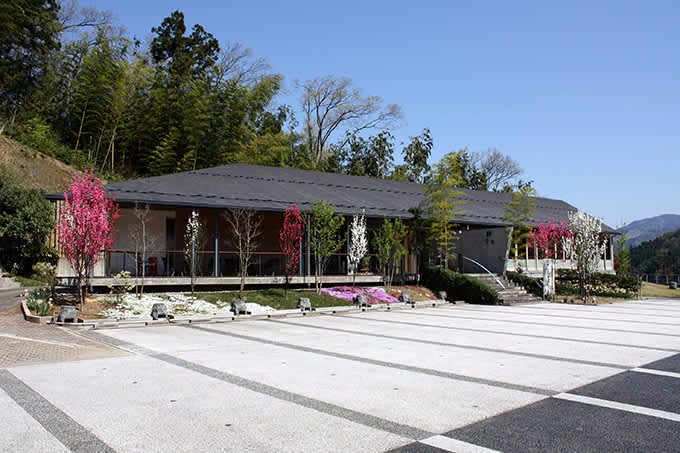
For an encounter with pure tofu cuisine, head to Sachiya at the entrance to Zen no Sato. This chic place offers complete tasting menus built around tofu, including deep-fried tofu, breaded tofu, grilled tofu, tofu sashimi, cook-it-yourself tofu, and more—all in one meal!

The spring water from the surrounding mountain is said to be the secret of Sachiya’s award-winning tofu, which will certainly challenge your conception of this seemingly simple food. Vegetarian or not, you should understand that tofu is not a substitute for meat but rather a choice equal to it.
After eating either shojin ryori or a tofu meal, you are sure to be well fed, but both of these are among the few cuisines that will never leave you feeling overfull. Instead, you will feel satisfied and healthy. As you leave the beautiful mountain community of Zen no Sato, part of you might well envy the monks living in serenity at Eiheiji.
Contact Information
Eiheiji
5-15 Shihi, Eiheiji-cho, Yoshida-gun, Fukui 910-1228
Hakujukan
6-1 Shihi, Eiheiji-cho, Yoshida-gun, Fukui 910-1228
Sachiya
41-53-1 Kyouzen, Eiheiji-cho, Yoshida-gun, Fukui 910-1225
How to Get There
Eiheiji monastery and the surrounding Zen no Sato are tucked away in the mountains of Fukui Prefecture, but your journey to the temple need not be as arduous as that of the monks who once made the pilgrimage there. From Tokyo, it will take just over three hours to get to Fukui Station. But Fukui is slightly closer to Osaka and Kyoto, so you can reach the station in two hours from Osaka or ninety minutes from Kyoto. From Fukui Station, you can take either the Eiheiji Liner Bus or a taxi to Eiheiji; both will take about thirty minutes. Once you are at Eiheiji, you can easily explore everywhere on foot.
Recommended Itineraries
You will need a whole day to fully appreciate Eiheiji, more if you intend to participate in any of the Zen experiences at the temple or explore the hiking trails of the surrounding mountains. Eiheiji is well connected by bus and train through Fukui to Awara Onsen, a hot-spring resort, in case you want to add a little pampering to your spiritual retreat. There are traditional inns for all budgets, and Fukui’s fantastic crab should be on the menu. Additionally, visiting Eiheiji as part of a Hokuriku journey works well, so you can easily link to it on a train trip that includes Kanazawa.
Related Links
Sachiya (Machine translation available)
Map
Featured Cuisine
Zen Master Dogen, founder of Eiheiji, taught respect for Mother Nature’s bounty, acknowledging that even rice and vegetables have lives and declaring, “It is thanks to those lives that we are in turn able to live.” Accordingly, Buddhist cuisine, or shojin ryori, avoids any unnecessary wastage out of respect for the gift of nourishment. Additionally, a Buddhist precept is “not to greedily take what has not been given,” including the taking of life, which is why meat is eschewed in shojin ryori. Pungent foods that overpower the body, such as garlic and chilies, are also avoided. Instead, it is suggested that every subtle flavor of each ingredient should be appreciated. Within these limitations, however, shojin ryori draws on a range of flavors and cooking styles, and needless to say, is incredibly healthy.
-
Author
Author: Samuel
Originally from the UK, Samuel studied Japanese Studies in the UK before completing his post-graduate studies in Japan. Now with over a decade of writing about Japan for a number of publications, and teaching about Japanese art and design at university, he hopes to bring his love of Japan to a wide audience. His favorite Japanese food is takoyaki as the perfect street snack.
All information is correct as of the time of writing.
Please check for the latest information before you travel.





















































